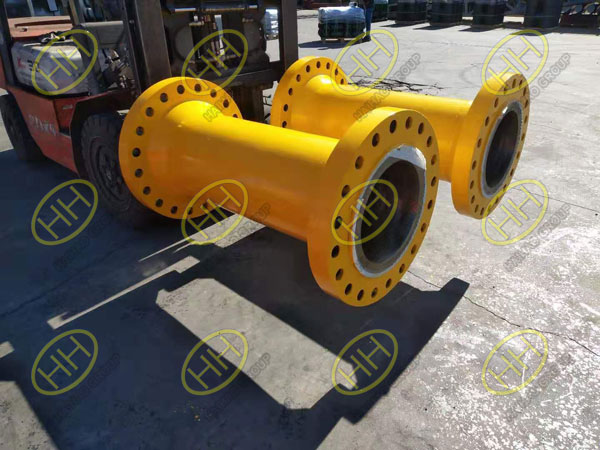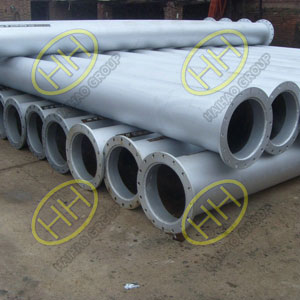How to avoid the deformation of flanged pipe fittings?
Flanged pipe fittings are the unsung heroes of countless industries, and their reliability is paramount. However, the heat treatment process, while essential, can introduce a critical flaw: deformation. This article sheds light on the reasons behind deformation in flanged pipe fittings and offers invaluable insights into methods for reducing and controlling it.
Understanding the Causes of Heat Treatment Deformation
Deformation during the heat treatment process can manifest in various ways, such as dimensional changes, expansion, contraction, bending, twisting, and warping. Fundamentally, these deformations can be attributed to two primary factors: internal stress and volumetric changes.
Internal Stress Plastic Deformation: Uneven heating and cooling and differing transformation times create internal stress during heat treatment. Under certain plastic conditions, this internal stress results in plastic deformation. The uneven heating and cooling of the inner and outer layers of the pipe fitting, leading to varying temperatures, contribute to differential thermal expansion and contraction. Stress deformation stemming from this phenomenon is known as thermal stress plastic deformation. Moreover, the internal structure of the fitting evolves at different times during heating and cooling, leading to structural stress plastic deformation.
Volumetric Changes: Volumetric and dimensional changes during the phase transformation are another source of deformation during heat treatment. These changes are primarily associated with differences in the coefficient of thermal expansion, the quantity of free carbides in the austenite, the volume of ferrite, variations in the ratio of carbon and alloy elements, and the hardenability of steel.
Strategies for Mitigating and Controlling Heat Treatment Deformation
Optimizing Fitting Structures: Achieving symmetry in fitting thickness, minimizing differences in thickness, and ensuring uniform cross-sections are key strategies for reducing deformation during heat treatment. Sharp edges, grooves, and irregular transitions should be avoided wherever possible. Implementing circular transitions, steps, and chamfers at the junctions of different thicknesses minimizes structural asymmetry.
Precise Temperature Control: Temperature control is paramount during the heat treatment process. Accurate measurement of furnace temperatures is vital for ensuring the quality of heat treatment. Inaccurate temperature measurement can compromise the entire process, as the final properties of the pipe fitting are closely tied to the achieved temperatures. Monitoring and regulating temperatures within the furnace are essential steps in achieving the desired heat treatment results.
At Haihao Group, we are committed to delivering products that have undergone precise and controlled heat treatment, guaranteeing their reliability in various industrial applications. Trust us to provide you with pipe fittings that stand the test of time and perform flawlessly in your projects.



